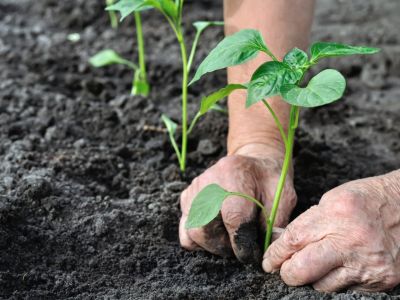Regional gardening varies from state to state. The U.S. is divided up rather informally into regions and sub-regions which can help simplify gardening rules. May planting in the northeast follows different rules than other locations because its climate and seasonal warm up are at odds with much of the country. But May still signals the beginning of the gardening season and there’s a lot to do to get ready.
May Planting in the Northeast
Sharpen your pruners, get out your shovels, and be prepared to combat weeds, because May is coming. May is the perfect time to plant most trees and shrubs, so take advantage of those nursery sales. Before planting, test soil to see if it will need any amendments. Begin pulling mulch away from emerging perennials. If you don’t have any mulch in your beds, it’s a great time to lay some. The layer will help reduce weeds, conserve moisture, and keep plant roots cool in summer. The warming temperatures means it’s a great time to start a compost pile. You can use the resulting compost in containers or around bedded plants.
What to Plant in May
Since it’s time to plant, you need to know what to plant in May. The options are nearly endless, but be cautious of anything that is considered tender. If you are very northern, or at a higher elevation, it will be best to wait until June for things that can be killed with frost. However, you can direct-sow plenty of crops. May planting in the northeast should include:
carrotsSwiss chardsnow and sugar snap beansspinachbeanskalepumpkin and squasheslettuces and other greensradishbeets
If you started veggies indoors, harden them off and get them in the ground.
cucumbermelonparsleykohlrabicauliflowerbroccolicelery
Northeast Planting Tips
Outside of starting the vegetable garden there are several other tasks. A couple of un-fun ones are weeding and thinning out crops. Neither is fun but both are necessary. Also, stake up leggy bloomers, like delphinium and peonies. Divide any perennials that are starting to die out in the center or that aren’t producing well. Pinch emerging plants that get floppy, such as phlox and chrysanthemum. Make sure your established plants have a dose of fertilizer; a nice time release will feed them all season. If you aren’t getting much rain, remember to water. If you haven’t already, apply a weed and feed to the lawn, seed any areas that need it, and begin a mowing regimen that will last until you see frost.
